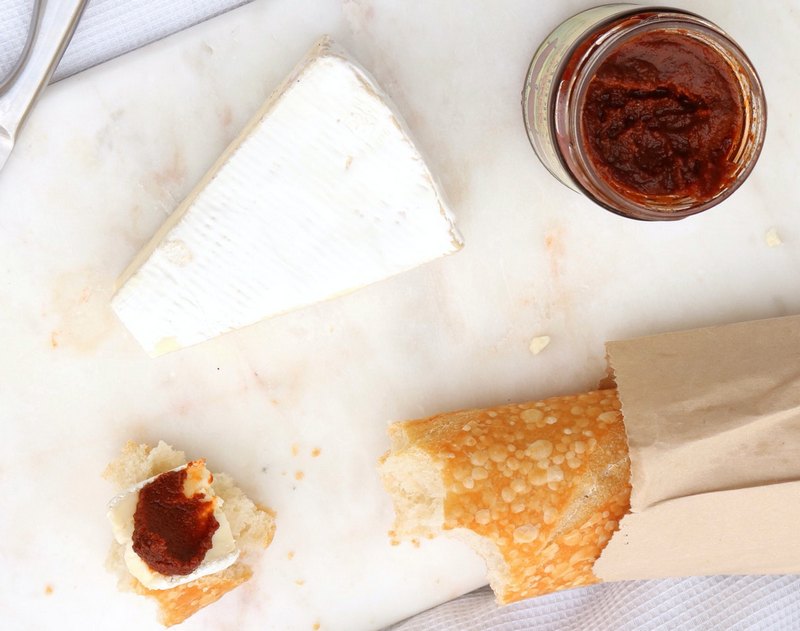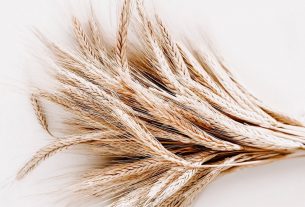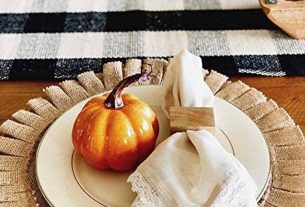Two of the commonly used dairy products are butter and cheese. They are both manufactured from milk which makes them similar in a way, yet they are very different from each other.
How are butter and cheese different? Cheese is a product of coagulating milk casein whereas you get butter when you remove the milk solids and water by churning it.
We will differentiate butter and cheese by describing how they are made, their best uses and their health benefits.
Differences Between Butter and Cheese
Our burgers and sandwiches will taste bland without butter and cheese. These two dairy ingredients make our sandwiches and burgers taste scrumptious.
If you notice we usually use butter to flavor or moisten the outside of a burger and some other food and the cheese is normally used as filling or insert.
Let us learn more about butter and cheese.
The Complete Guide to Cheese
Any kind of food has its own characteristics that make it different from others and cheese has too. Cheese has different types base on the following factors:
- Region or country where the cheese was made.
- Kind of milk use during manufacturing of cheese.
- Preparation or the process how cheese is made whether it is mold-ripened, unripened or bacteria-ripened
- Age of cheese, whether is has been aged or fresh
- Flavor of cheese which makes it taste different from other cheese
- Texture of the cheese which can be soft, hard, or medium soft.
We also know which cheese is best for each dish we are preparing because of its characteristics. For example, you prefer mozzarella cheese on your pizza and not the goat cheese.
How Cheese is Made
In general, cheese is made by curdling milk on purpose or from coagulated milk casein. Casein is the primary protein in milk. It is a complex protein that makes up 80% of milk.
Although we are aware that most milk were takin from cows, milk from milking animals like goat, sheep, camel, reindeer, and even buffalo can be used to make cheese.
Since there are various types of animals that can be the source of milk to make cheese, we also have various kinds of cheese.
For example, Feta cheese can be made from a sheep’s milk or a cow’s milk. Cow’s milk however comes cheaper than sheep’s milk so you might wonder why Feta cheese can have bigger variance in price at supermarket. Ricotta cheese can be made from the milk of goats, water buffalo, sheep, or a cow. Mozarella is usually made from buffalo’s milk.
Flavor and Texture of Cheese
The kind of milk used in making cheese and how it is processed greatly affect its taste and texture. The enzymes and other additives that were use in making the cheese also change its texture, appearance, and taste.
Here are the common flavors of cheese:
- Mild cheese like Brie, Baker’s cheese, Havarti, and some types of Cheddar.
- Medium cheese like Gouda and some types of Cheddar.
- Sharp or Extra Sharp cheese like Parmesan and some types of Cheddar.
Cheddar cheese can be categorized in each of these flavors because it can be prepared to as such. It means it can have a very flexible taste or flavor.
Here are the common texture of cheese:
- Soft cheese like Cottage cheese and Ricotta.
- Semi-soft cheese like Havarti and Brie.
- Hard cheese like Parmesan and Cheddar.
This may not be true to all, but most soft cheese has a mild taste and hard cheese has a strong cheesy taste.

Best Uses for Cheese
There are more than a thousand uses of cheese, but we simply would like to share some recommendations for you.
Some recommended uses of cheese in recipes:
- Cupcake fillings
- Cheese toppings
- Soup enhancer
- Burgers and sandwiches patty
- Enchilada fillings
- Cheese and jelly rolls
- Cheese sticks and straws
- Diced cheese for bread or desserts
I believe that you are quite familiar with cheese being an ingredient in many recipes but there are also some clever uses of cheese other than as food. For example, some people use cottage cheese as mask to soothe dark and dry undereye circles, cream cheese as mask to soften dry skin and as exfoliating scrub.
I hope we you enjoyed knowing more about cheese so here comes butter.
The Complete Guide to Butter
Like cheese, butter is made from milk or rather milk fat and that is why they are different from each other.
Here is the concise article that will help you learn more about butter, how it is made, what are its uses and nutrition contents.
How Butter is Made
Butter comes after churning milk which separates the fat solids, we call butterfat from the milk or buttermilk.
After removing the milk protein, butterfat is left. This butterfat is added some salt and other additives and that is how butter came about.
The common butter we see at the supermarkets are usually made from unfermented milk. Unfermented or fermented milk can be used to make butter. Butter is also available as unsalted or salted butter.
I prefer unsalted butter because it is flexible for any dish and it has less sodium, while others prefer the salted because it is tastier.
Like milk, the characteristics of butter makes it identifiable as there are also different kinds of butter. Depending on white kind of milk it is made from, its texture and tastes can also be different.
Flavor and Texture of Butter
Others say that butter is just like cream cheese because it is spreadable, but butter can be soft or can melt when temperature is to hot, as it can become icy when left in very cold temperature for some time.
Each type of butter has its typical purpose, but you can always experiment on them to make your dishes more scrumptious.
Here are the common types of butter:
- Unsalted butter
- Salted butter
- Vegan butter
- Ghee or Clarified butter
For health conscious and the vegans, plant-based butter or the vegan butter is the best choice although others say that it is not as good as the real butter made of butterfat.
Ghee or Clarified butter is not an option for vegans because it is entirely butterfat, but it is good for people who are intolerant to any kind of dairy product as it has no milk protein in it.
Other kinds of butter are formulated with good bacteria to promote better digestion and other health benefits.
Best Uses for Butter
Having describe different types of butter, I hope it would easier for you to choose the butter that is best for your recipes.
Here are some best uses of butter:
- Pan frying eggs, fish, or meat.
- Sautéeing vegetables.
- Greasing pans when baking.
- Baking ingredient.
- Making pasta sauce
- Toasting breads.
- Spreads on breads or pancakes.
Apart from the use of butter in a recipe, there are also amazing uses of butter that you do not probably know like using butter to remove sap on skin, coating cheese to prevent molds, and many others.
Make Your Own Cheese and Butter
What if I want to make my own cheese or butter at home, how would I do it? You certainly can do it at home, and it is very easy.
Here are what you need to prepare:
Whole Milk. Cow’s milk is the easiest to buy in the market but if you have milk from other animals that you wanted to use it will be just fine.
Cheesecloth or Strainer. Prepare a cheesecloth or a strainer to be used for filtering the whey from the cheese curds.
Rennet. It is a complex enzyme that you mix with the milk. It thickens the milk to shape the cheese.
Additives. You can opt to add additives on your cheese for flavoring like salt, herbs, food colors, and others.
Calcium Chloride. This is a water-soluble inorganic compound that will help the milk to curd faster and re-stabilize the milk.
Acids. Tartaric or Citric acid are the two commonly used acids on cheese to give it a slight tang but this is optional.
After preparing all the materials and ingredients for making cheese. You can watch the video about the step by step process of making cheese and butter.
Related Questions
Is cheese better than butter?
If you want to know which is best for you then you need to check on the labels and know how or to what will you use it. Also, since they have different calorie of fat contents, know your health risks, and be sure to avoid eating either.
Can we use butter instead of cheese?
I believe that depending on what purpose you will be using the butter or the cheese, you can answer which one is best to use. For example, you cannot use cheese to sautée vegetables and a cheeseburger with butter and no cheese is bland.
Are cheese and butter good for health?
Take everything moderately, could mean eat only what is necessary because even if cheese is high in calcium and your butter is plant-based, anything taken excessively can pose health risks.


